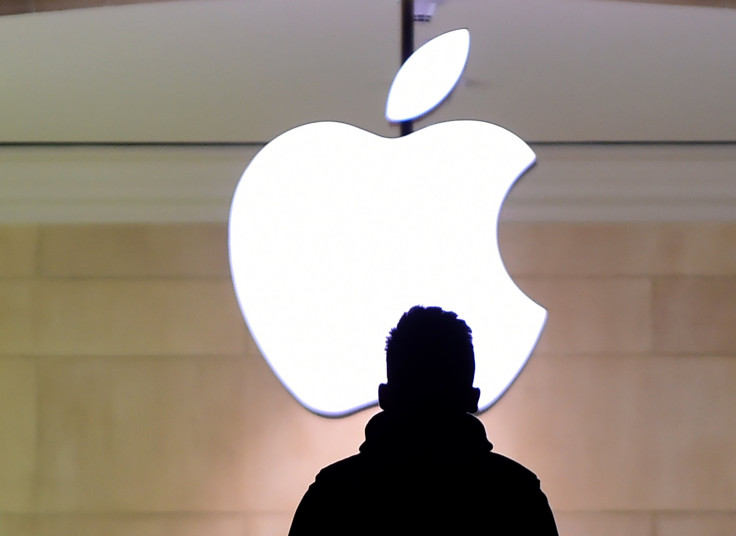Apple May Launch Two iPhone 7 Plus Models, One With Dual Camera Sensors

Like all smartphone companies in 2016, Apple is seeking ways to offset the slowdown in smartphone sales globally, and according to one analyst, the company’s plan will see it launch two versions of its large-screen iPhone 7 Plus, one of which will feature a dual-lens camera setup.
According to Kota Ezawa from Citi Research, Apple will change its tactics of launching just two iPhone models in 2016 and will instead launch a total of four new smartphones this year. We have already seen the iPhone SE launched last month, and Ezawa predicts the company will also launch the iPhone 7, iPhone 7 Plus and iPhone 7 Plus Premium.
“We expect Apple to release two 5.5-inch iPhone 7 models but only include dual rear cameras in the high-end model,” Ezawa said in the research note as reported by Barrons. Dual camera setups are set to become a popular feature in 2016 with Huawei already launching its P9 flagship device with two camera sensors engineered by German photography company Leica.
The report that the dual camera setup would only be available on certain iPhone 7 models was first put forward by KGI Securities analyst Ming-Chi Kuo, who has deep supply chain sources and a good track record of predicting Apple’s future plans. Kuo, however, did not predict the launch of a second premium iPhone 7 Plus model.
Ezawa believes that Apple has been trailing other manufacturers’ innovations in certain areas recently. “In the last few years, Apple has added new features, including lightning connectors and haptic functionality, but the improvements in camera and display performance have been minor and there have been no dramatic changes.”
The analyst also suggests that the iPhone SE is symptomatic of an overall shift in strategy by Apple to focus on cost-cutting in order to offer better value in emerging markets — a move that reflects one taken by the world’s number one mobile phone maker over a decade ago.
“We think this year’s iPhones, however, may scale back gains in performance and functionality to reduce costs,” Ezawa said. “This cost conscious shift toward making lower-priced handsets targeting EMs resembles the shift undertaken by Nokia around 2005.”
© Copyright IBTimes 2024. All rights reserved.






















